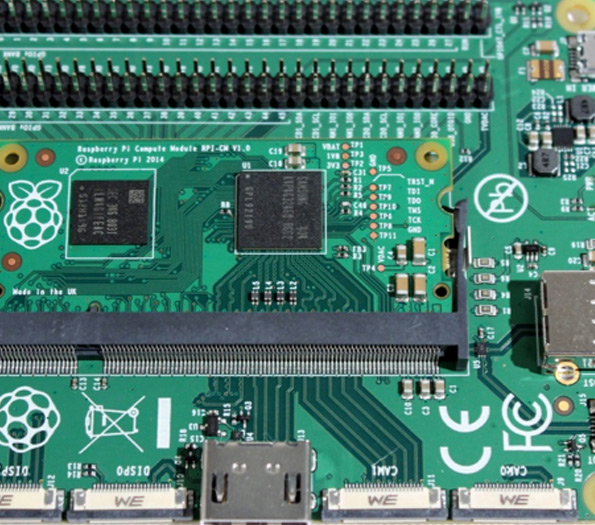

The Use of Tinted Glass Enhancing Aesthetics and Functionality
In modern architecture and design, tinted glass has emerged as a popular choice for both residential and commercial buildings. This type of glass, which has been treated or coated to reduce transparency, offers a range of benefits that enhance both the aesthetic appeal and functionality of structures. From energy efficiency to privacy, tinted glass serves several important roles in contemporary building design.
One of the primary advantages of tinted glass is its ability to control heat and glare. In areas with intense sunlight, clear glass can lead to excessive heat buildup within a building, increasing the need for air conditioning and, consequently, energy costs. Tinted glass helps mitigate this issue by absorbing and reflecting solar radiation. Studies have shown that buildings equipped with tinted glass can experience significant reductions in interior temperature, ultimately leading to lower energy consumption and utility costs. This energy efficiency not only benefits building owners but also contributes to environmental sustainability, a critical consideration in today's eco-conscious society.
The Use of Tinted Glass Enhancing Aesthetics and Functionality
Another significant benefit of tinted glass is improved privacy. In urban areas where buildings are closely situated, privacy can be a substantial concern for residents and businesses alike. Tinted glass provides a solution by obscuring the view from outside while still allowing natural light to enter the space. This feature is particularly appealing for offices, conference rooms, and residential bathrooms, where privacy is paramount. By using tinted glass, designers can create inviting spaces that prioritize comfort and confidentiality.

Tinted glass also contributes to the overall aesthetic of a building. Available in a variety of colors and shades, it allows architects and designers to add visual interest and character to structures. Whether it’s a sleek, modern office building or a cozy family home, tinted glass can complement various architectural styles, enhancing the overall design while providing functional benefits. This versatility makes tinted glass a favorite choice for innovative design projects.
Moreover, tinted glass can also enhance safety and security. Certain types of tinted glass are designed to be shatter-resistant, providing an additional layer of protection against break-ins and natural disasters. By incorporating this type of glass into a building’s design, property owners can improve their security while still enjoying the benefits of natural light and reduced glare.
While the advantages of tinted glass are numerous, it’s essential to consider potential drawbacks. For instance, excessive tinting can result in reduced visibility for those inside the building, leading to safety concerns, especially in emergency situations. Additionally, not all tinted glass provides the same level of thermal insulation, so it’s important for architects to choose products that meet specific energy standards.
In conclusion, tinted glass is a vital component in modern architecture, offering an array of benefits that enhance both functionality and aesthetics. By controlling heat and glare, improving privacy, and contributing to the overall design of a building, tinted glass has become an indispensable element in today’s construction practices. As technology continues to evolve, we can expect to see even more innovative uses for tinted glass, further solidifying its place in the architectural landscape. Whether for residential or commercial purposes, tinted glass represents a blend of style and practicality that remains a preferred option for builders and designers around the world.